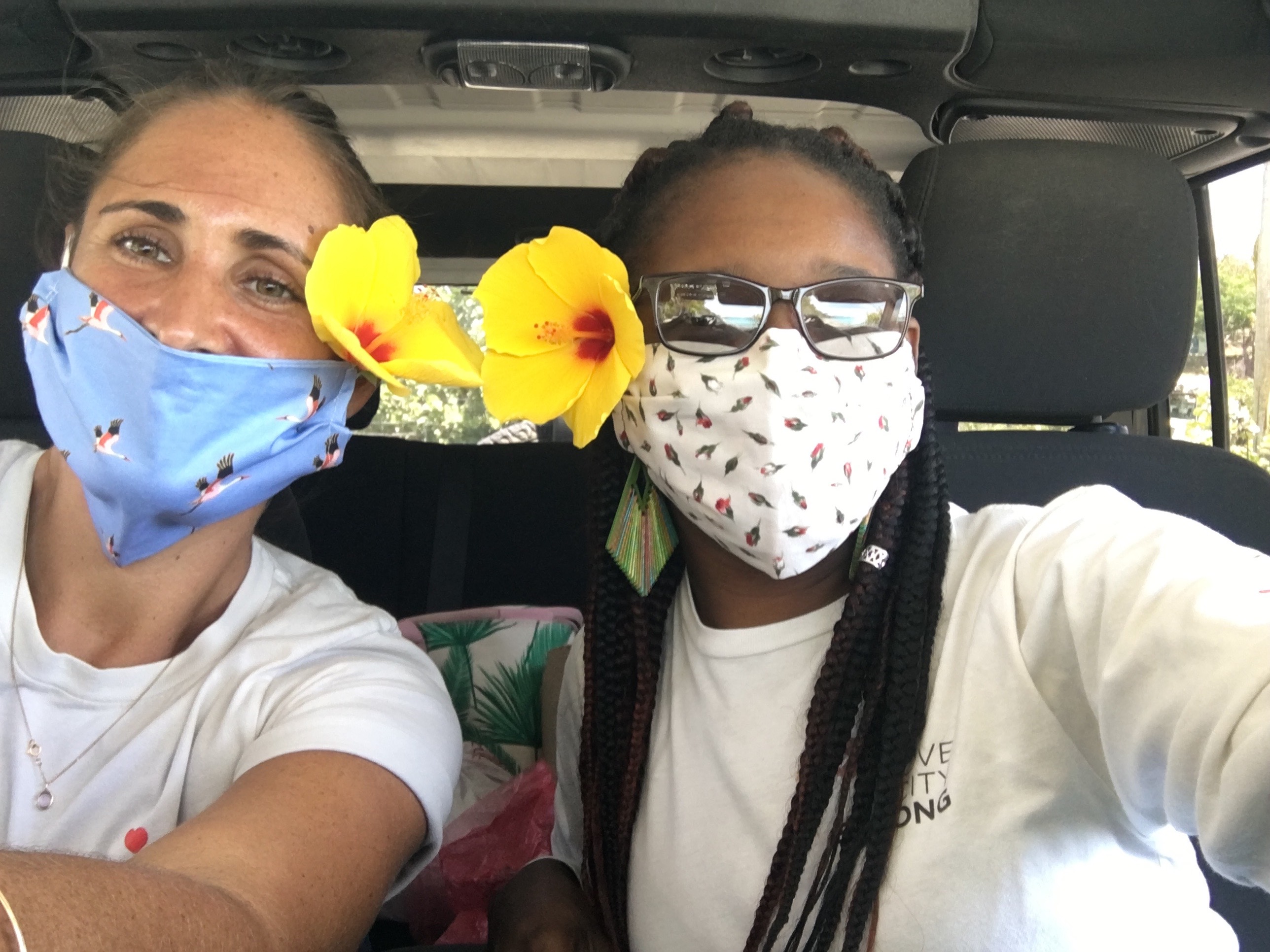2021 Prospectus
This month Love City Strong is excited to share our updated 2021 Prospectus.
This document outlines our organizational priorities and ongoing projects, including COVID-19 response and our continued efforts supporting vaccinations on St. John. In 2020, we shifted this document from its previous physical form to a living, online version in order to reach a larger audience.
What is a Prospectus?
A prospectus is a document that describes a school, organization, or potential project in order to attract or inform clients, buyers, or investors. For our purposes, the prospectus is a part of our efforts to keep our current and potential donors engaged in our activities and plans for the future.
What is included in the Prospectus?
The document revisits our core mission and values as an organization. In addition, it breaks down our accomplishments and upcoming goals for each of our ongoing projects. It specifies the impact that our projects have had on the community, highlighting measurable outcomes and progress. Finally, it identifies tangible results tied to various donation amounts, in each project area.
How can I help?
This year, the Caribbean faces yet another active hurricane season, and based on recent evidence we know that storms are coming through more often and with more intensity. Community preparedness, which is at the core of the Love City Strong mission, is more important than ever.
If St. John holds a special place in your heart and you’re emotionally invested in our recovery from Hurricanes Irma and Maria and the COVID-19 pandemic, please take a few moments to read through this year’s Prospectus and share it with your friends and family!
If you are able, consider making a donation, or sign up as a monthly donor, to help us build a stronger and more resilient community as we continue to recover.


